
The place is Japan, the time is the Taisho era. A kind-hearted boy named Tanjiro Kamado returns home one day to find that his family has been murdered. The only survivor is his sister, who has been turned into a demon herself. In order to avenge his family, he joins a non-governmental agency called the Demon Slayer Corps. and spends his days fighting alongside his sister. The unusually warm personality of the protagonist coupled with the uniqueness of other characters resonated with readers and received much praise by the Jump readership. The anime adaption started airing in April 2019, in which the series received a world premier. It has then since been gaining popularity.

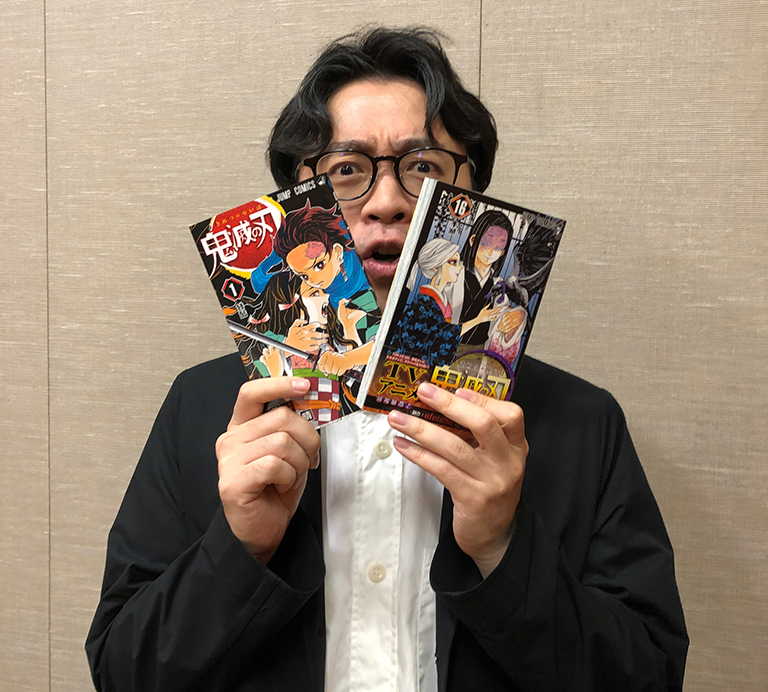


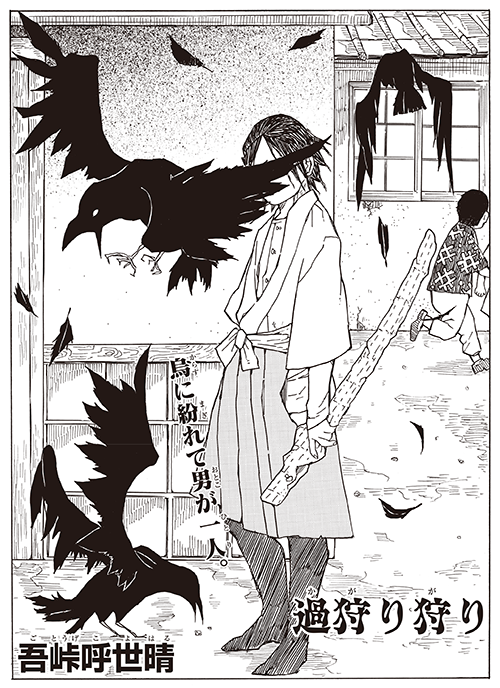
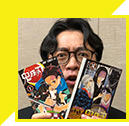
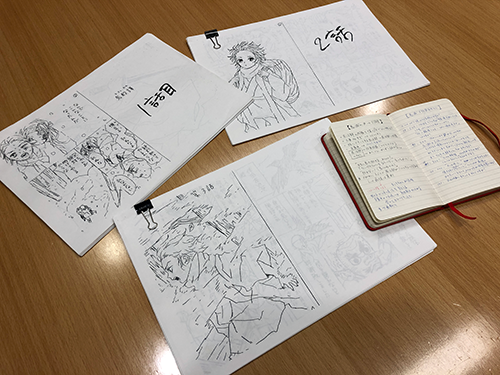
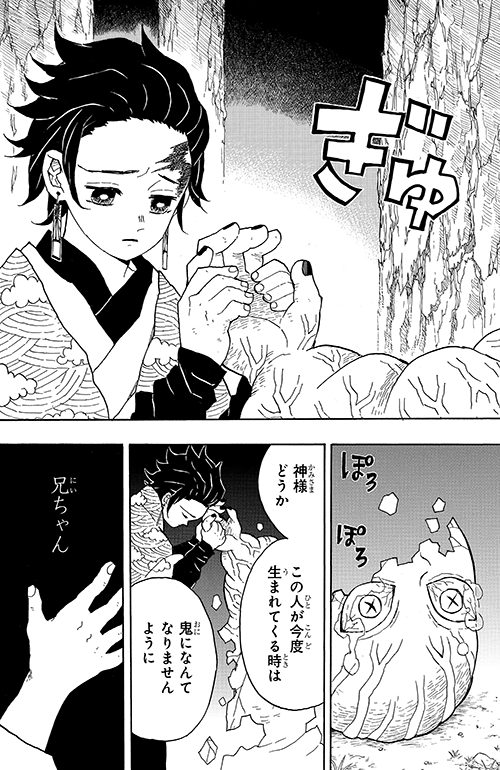

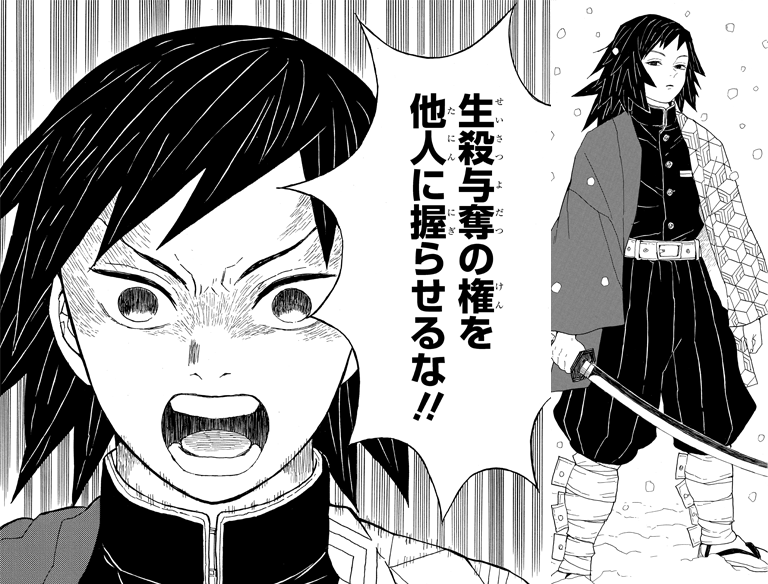
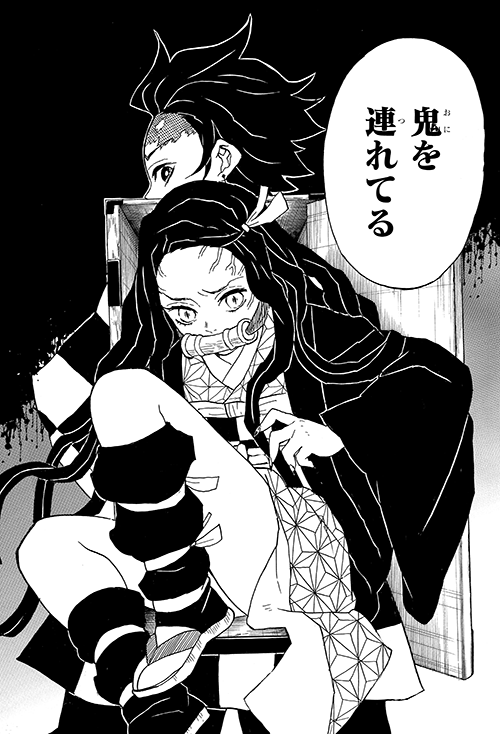



――Please tell us about the process leading up to the serialization of “Demon Slayer: Kimetsu no Yaiba”.
Katayama: In my fourth year at the company, I had finally returned to the editorial department after working elsewhere in the company, and Gotoge-sensei was one of the first manga artists I was put in charge of. At that time he had just finished his second one-shot manga in Jump, “Rokkotsu-san”, and I was the one who submitted it. Afterwards he told me he wanted to create a series, and we started working on “Haeniwa no Zigzag”, which after failing to be serialized would become his third one-shot publication. I continued to mull over how to make best use of Gotoge-sensei’s style and talent. I came to the conclusion that an easy to understand theme would be best. With that in mind we chose to work off of his award winning debut title, “Ka Gari Gari”. It has simple Japanese motif to it. I thought without a clear motif to the outfits and other elements, it would be difficult to draw up a plan. And so, we borrowed from a theme that everyone is familiar with. The stage was already set in “Ka Gari Gari”, the base was routed in reality, and the concept of the swords and demons needed no explanation to the Japanese audience. With this we created a storyboard based on “Ka Gari Gari”, which came to be known as “Kisatsu no Nagare”. However, due to its serious tone, lack of comic relief and dark story, it didn’t make the cut for serialization. I thought it wouldn’t be able to get through unless the main character wasn’t switched out, and so I asked Gotoge-sensei if there wasn’t a brighter, more normal character in the world he had created. That’s how Tanjiro and “Demon Slayer: Kimetsu no Yaiba” came to be.